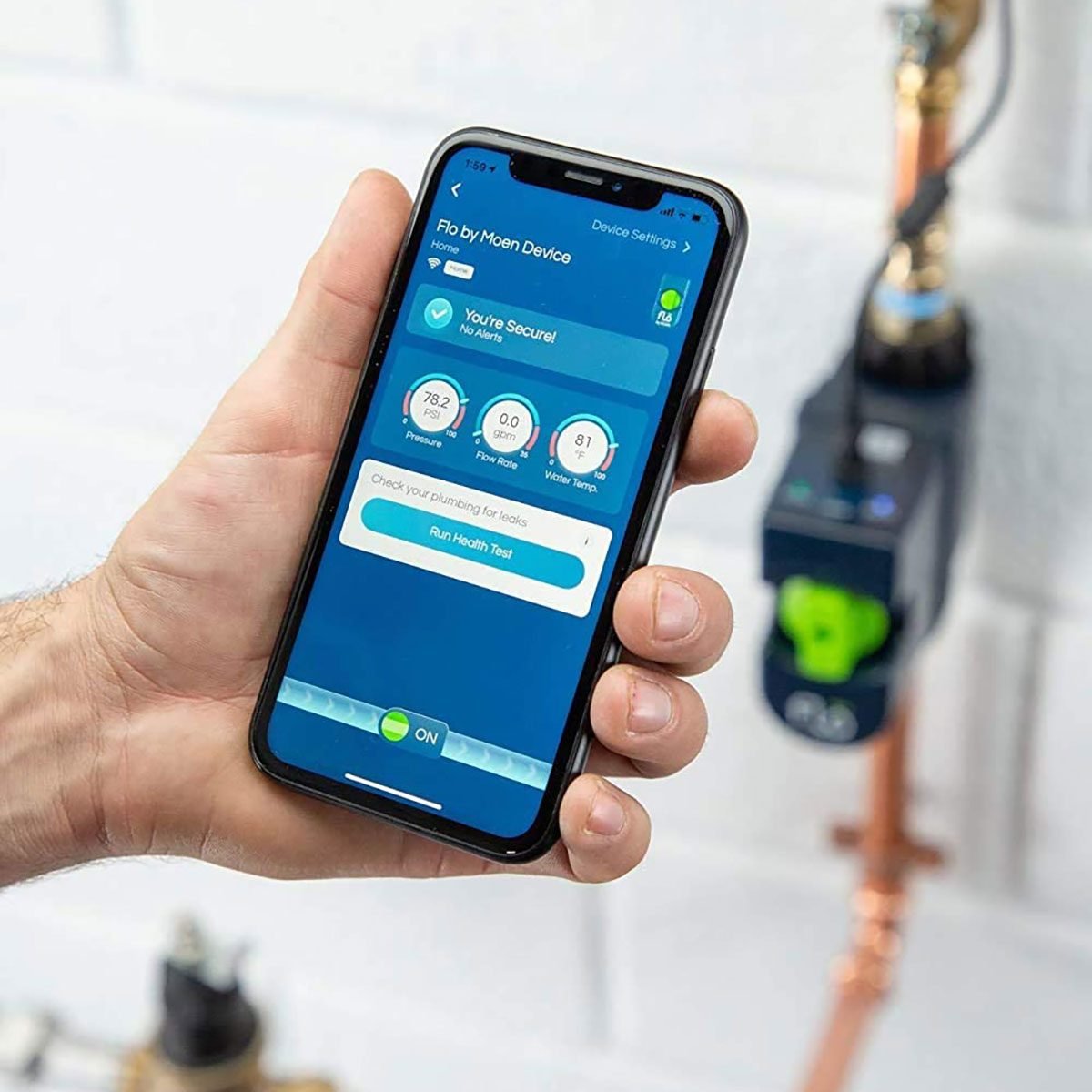Exactly how to Locate and also Repair Water Leaks-- A Comprehensive Guide
Exactly how to Locate and also Repair Water Leaks-- A Comprehensive Guide
Blog Article
What are your concepts on Top leak detection hacks?

Early detection of leaking water lines can reduce a possible disaster. Some tiny water leaks may not be visible.
1. Take A Look At the Water Meter
Every residence has a water meter. Examining it is a surefire way that helps you find leaks. For starters, shut off all the water resources. Ensure no one will flush, use the faucet, shower, run the washing machine or dishwasher. From there, go to the meter and watch if it will change. Since no person is using it, there ought to be no motions. If it moves, that suggests a fast-moving leak. Likewise, if you spot no changes, wait an hour or 2 and also examine back once again. This means you may have a slow-moving leakage that might even be below ground.
2. Check Water Intake
Analyze your water costs and also track your water usage. As the one paying it, you ought to notice if there are any kind of inconsistencies. If you spot sudden changes, regardless of your usage being the same, it suggests that you have leakages in your plumbing system. Remember, your water costs must fall under the very same range every month. An abrupt spike in your expense shows a fast-moving leakage.
At the same time, a constant rise every month, despite having the very same habits, reveals you have a sluggish leak that's also slowly rising. Call a plumber to completely inspect your residential property, specifically if you feel a warm area on your floor with piping below.
3. Do a Food Coloring Examination
When it involves water consumption, 30% originates from bathrooms. Test to see if they are running effectively. Decrease flecks of food shade in the container and wait 10 mins. If the shade somehow infiltrates your bowl during that time without flushing, there's a leak in between the tank and dish.
4. Asses Exterior Lines
Do not fail to remember to check your outside water lines too. Test faucets by attaching a garden hose pipe. Must water seep out of the link, you have a loose rubber gasket. Replace this and make certain all links are tight. If you've got a lawn sprinkler, it will certainly assist get it properly checked out and preserved annually. One little leakage can waste lots of water and surge your water expense.
5. Evaluate the scenario and examine
House owners need to make it a routine to check under the sink counters and also also inside cabinets for any bad odor or mold development. These two red flags suggest a leakage so timely focus is called for. Doing routine inspections, even bi-annually, can save you from a major issue.
Inspect for discolorations and also weakening as the majority of home appliances and pipelines have a life expectancy. If you presume dripping water lines in your plumbing system, do not wait for it to escalate.
Early discovery of dripping water lines can alleviate a possible catastrophe. Some little water leakages may not be noticeable. Checking it is a surefire method that aids you uncover leakages. One small leak can waste loads of water as well as surge your water expense.
If you believe leaking water lines in your plumbing system, don't wait for it to intensify.
WARNING SIGNS OF WATER LEAKAGE BEHIND THE WALL
PERSISTENT MUSTY ODORS
As water slowly drips from a leaky pipe inside the wall, flooring and sheetrock stay damp and develop an odor similar to wet cardboard. It generates a musty smell that can help you find hidden leaks.
MOLD IN UNUSUAL AREAS
Mold usually grows in wet areas like kitchens, baths and laundry rooms. If you spot the stuff on walls or baseboards in other rooms of the house, it’s a good indicator of undetected water leaks.
STAINS THAT GROW
When mold thrives around a leaky pipe, it sometimes takes hold on the inside surface of the affected wall. A growing stain on otherwise clean sheetrock is often your sign of a hidden plumbing problem.
PEELING OR BUBBLING WALLPAPER / PAINT
This clue is easy to miss in rooms that don’t get much use. When you see wallpaper separating along seams or paint bubbling or flaking off the wall, blame sheetrock that stays wet because of an undetected leak.
BUCKLED CEILINGS AND STAINED FLOORS
If ceilings or floors in bathrooms, kitchens or laundry areas develop structural problems, don’t rule out constant damp inside the walls. Wet sheetrock can affect adjacent framing, flooring and ceilings.
https://www.servicemasterbyzaba.com/blog/how-to-detect-water-leakage-in-walls/

We were shown that editorial about Top leak detection hacks through a friend on our other blog. Sharing is caring. Helping others is fun. Thanks for your time. Come back soon.
Report this page